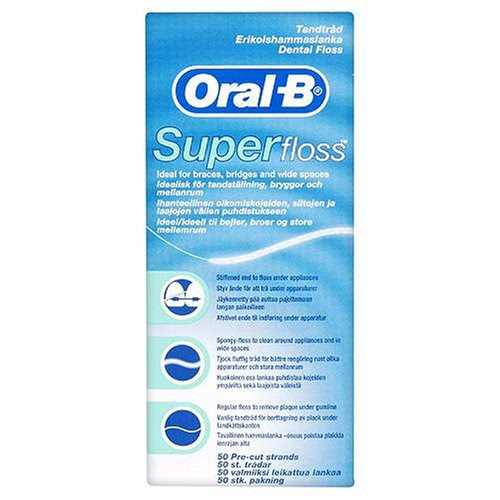Katie Moynihan, BS RDH
Non-surgical Periodontal Therapy
If your hands bled when you washed them, you would be concerned. However, many people think it is normal if their gums bleed when they brush or floss. False! Inflammation and bleeding are early signs that your gums are infected with bacteria. If not treated quickly and properly, those early signs of gingivitis may lead to a more serious infection called periodontal disease.
Periodontal disease affects the supporting tissues around the teeth including the gums, the periodontal ligament, and the bone. As the plaque in your mouth spreads and accumulates below the gum line, the toxins within that plaque infect and break down the “foundation” that hold your teeth in place. If not treated with periodontal therapy, the disease will only get worse and tooth loss may occur.
In the presence of periodontal disease, a “regular” prophylaxis cleaning can NOT be completed. The definition of prophylaxis is the prevention of disease. Once periodontal disease is diagnosed, your dentist and dental hygienist will recommend non-surgical periodontal therapy. Non-surgical periodontal therapy is also referred to as scaling and root planing, or a deep cleaning. Scaling and root planing involves thoroughly removing the plaque and calculus (tartar) that resides above and below the compromised gums. Smoothing the tooth roots allows a clean surface for tissue re-attachment and pocket reduction. Local anesthetic is recommended to make this procedure comfortable and painless for the patient. The goal for non-surgical periodontal therapy is to treat and eliminate the active infection, reduce periodontal pocketing around teeth, prevent further bone loss. The shallower the pockets are around your teeth, the easier they are to keep clean and healthy! When periodontal health is achieved, your oral health care provider will recommended more frequent periodontal maintenance cleanings every 3-4 months to keep tissues healthy and stabilized. In few circumstances where periodontal health cannot be achieved, a referral to a Periodontist may be recommended for further treatment.
Signs & Symptoms of Gum Disease:
- Swollen, red, tender or bleeding gums
- Gums that recede or move away from the tooth
- Persistent bad breath or bad taste in mouth
- Pain/sensitivity when chewing
- Loose teeth
- Visible pus surrounding the teeth and gums
You can prevent periodontal disease by practicing good oral hygiene and visiting your dentist regularly for professional cleanings. In recent years, gum disease has been linked to overall health problems. You can read more about those on Andra’s recent blog post Oral Health: A Window to your Overall Health! Remember, taking care of your oral health is an investment in your overall health.
Want to learn more? Visit us at
http://www.shalimarfamilydentistry.com
http://www.northstapleydentalcare.com
http://www.alamedadentalaz.com
http://www.dentistingilbert.com
Sources:










![KO6A0979-Edit[1]](https://dentistrydonedifferently.files.wordpress.com/2014/03/ko6a0979-edit1.jpg?w=122&h=183)







